In the heart of the Novi Sad District, the Czech Magazine has become a new treasure of rare editions of the Matica Srpska Library. The historical building, with its rich past and architectural beauty, now preserves significant cultural assets, representing an important step in the preservation of the cultural heritage of the city and the people.
From history to modern times
Built at the end of the 19th century, the Czech Magazine originally served as a warehouse for goods transported on the Danube, i.e., for the exchange of goods between the Kingdom of Serbs, Croats, Slovenes, and Czechoslovakia, thus becoming a symbol of the economic development of Novi Sad. Over the years, the warehouse has been adapted to different needs, and is a true witness of the key changes that took place in the former Great Liman. Today, its new role, among other things, as a depo of rare books and magazines of the Matica Srpska Library, revives its historical value and adapts it to the needs of modern society.
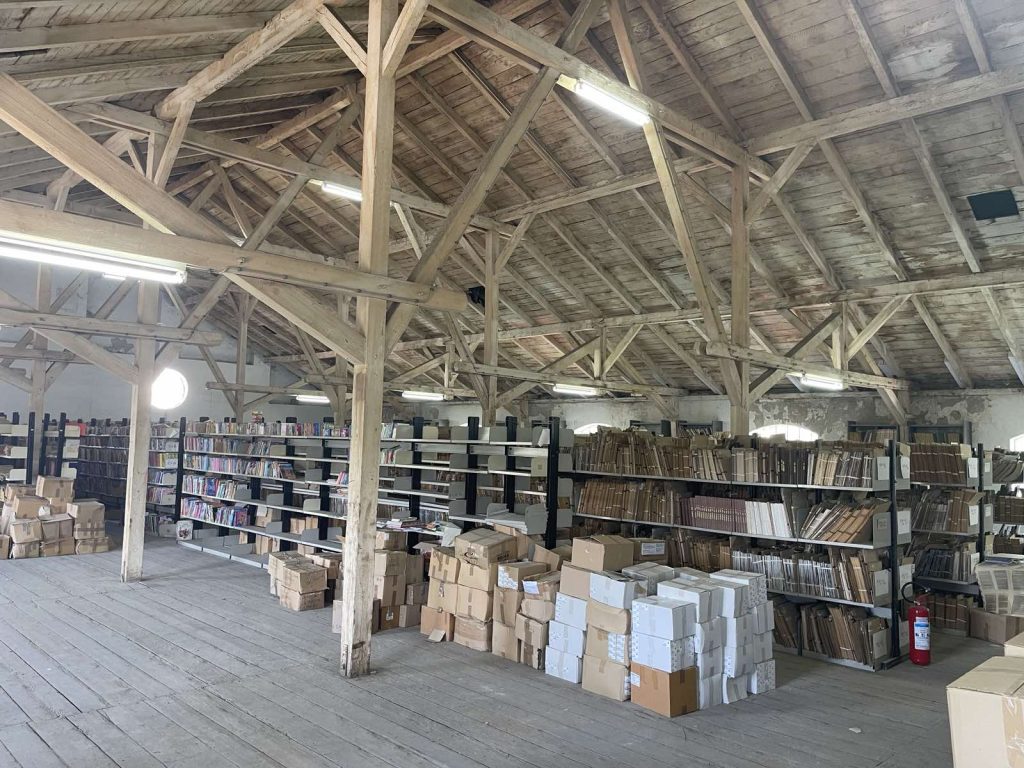
The director of the Matica Srpska Library, Selimir Radulović, emphasizes that the materials that the users of the Matica Srpska Library use less often are kept here. ‘Among the most important editions from the collection are Cyrillic manuscripts, Serbian books and papers of the 15th-19th centuries, from Đurađ Crnojević from 1493/94 to the edition from 1867, incunabula, collections of old printed books of the 16th and 17th centuries in various languages, collections of books in Russian, Hungarian and other languages of the 18th century, as well as publications valuable for their equipment, handwritten notes and small circulation’ – pointed out Radulović.
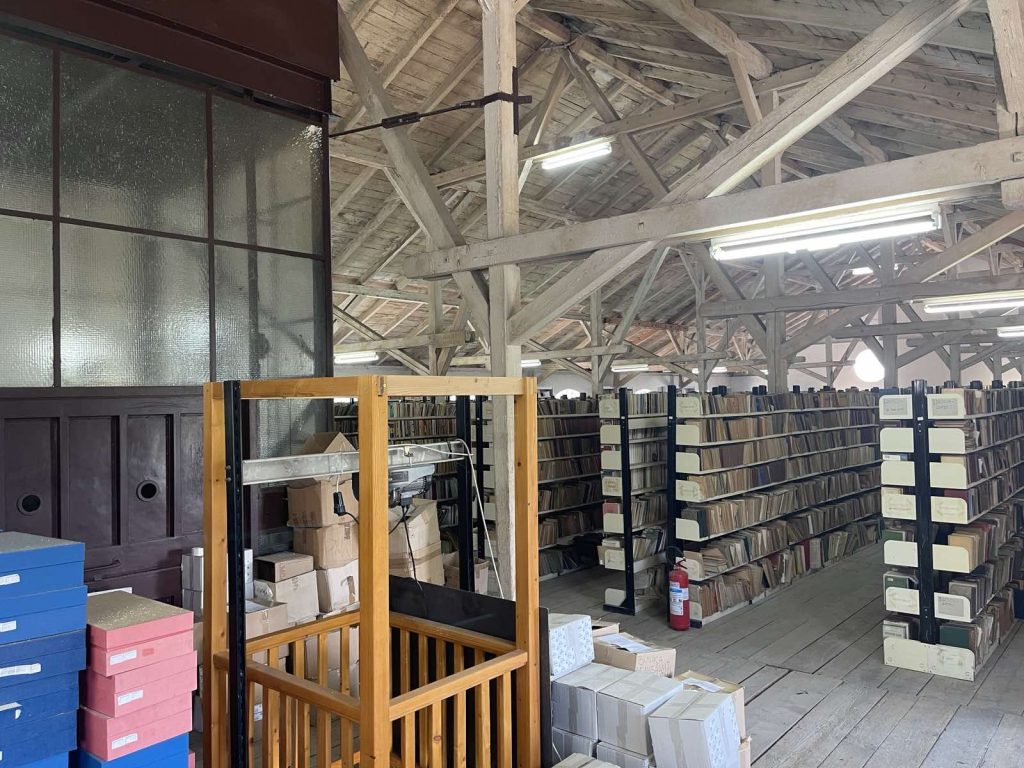
Magazine as a guardian of cultural heritage
The revitalization of the Czech Magazine also enabled the Matica Srpska Library to implement long-term plans for the preservation of cultural heritage. ‘The Czech Magazine stores publications of exceptional importance, since it is a question of mandatory copies of publications regulated by the Law on mandatory copies of publications, as well as publications that were obtained as a gift or in exchange. By preserving all published editions on the territory of Serbia and publications that have the Serbian people as their subject, as well as publications of all nationalities that live and create on the territory of Vojvodina, we contribute to the preservation and nurturing of cultural heritage and provide conditions for its further study,’ adds our interlocutor. He also stated that the publications kept in the Matica Srpska Library and in the Czech Magazine are available to the public. ‘Data about them is available via the Library’s electronic catalogue as well as on the KOBIS platform, which includes a common catalogue of libraries in Serbia to all Internet users anywhere in the world,’ Radulović points out.
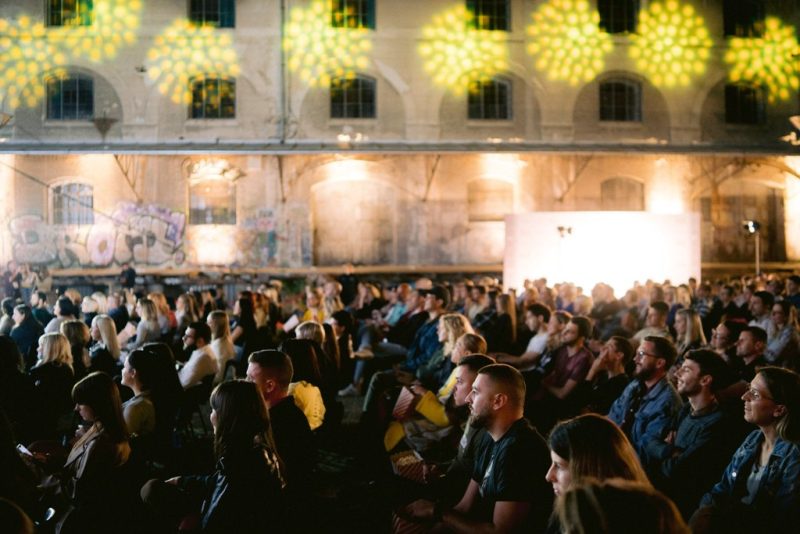
Merging past and future
The Czech Magazine building was declared a cultural monument in 2001, standing out as one of the most valuable preserved industrial buildings in Novi Sad. In 2020, the Czech Magazine was the epicentre of an open-air multimedia spectacle – the performance of the opera ‘Rigoletto’, directed by the Serbian National Theatre. This was the first time that this masterpiece, which premiered in Venice almost 170 years ago, was presented in the open space in Novi Sad. The building of the Czech Magazine was transformed into a unique stage, providing the audience with a completely new dimension of opera with spectacular video projections on its 50-meter-long façade, which was the crowning achievement of the third Kaleidoscope of Culture. Already the following year, and even in the European Capital of Culture title year, the Czech Magazine was the location for the Kaleidoscope of Culture film programme.
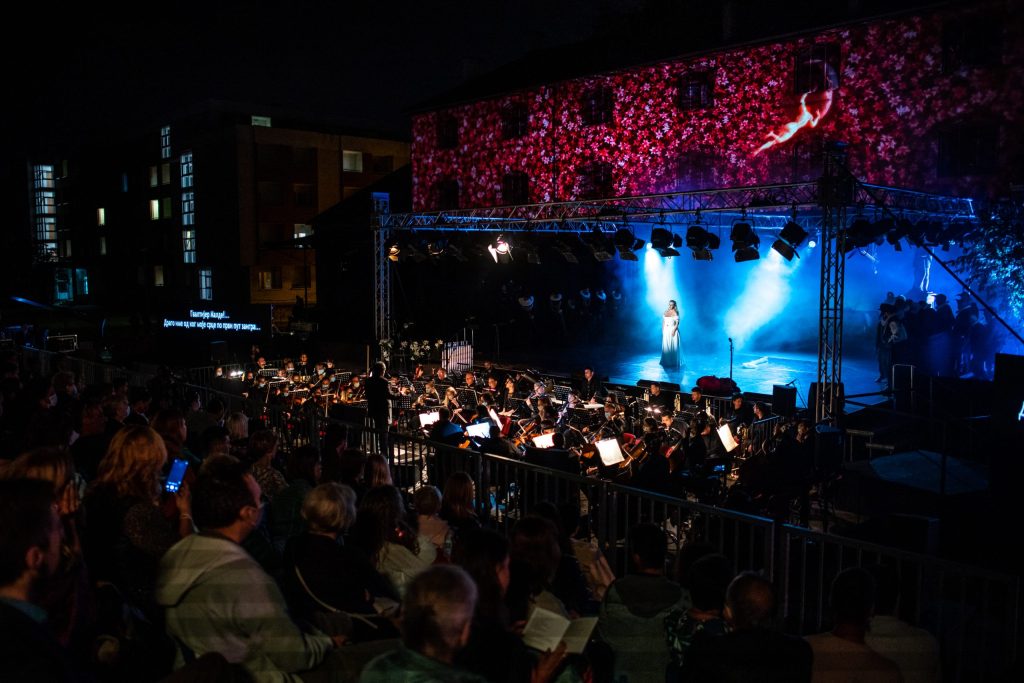
The Czech Magazine today symbolizes the synergy between historical heritage and contemporary creativity, enabling the rich cultural heritage of Novi Sad to be preserved and accessible to future generations. Representing a priceless treasure for the city and its citizens, the Czech Magazine is a guardian of the past, while creating conditions for future generations to explore and learn from this precious material.
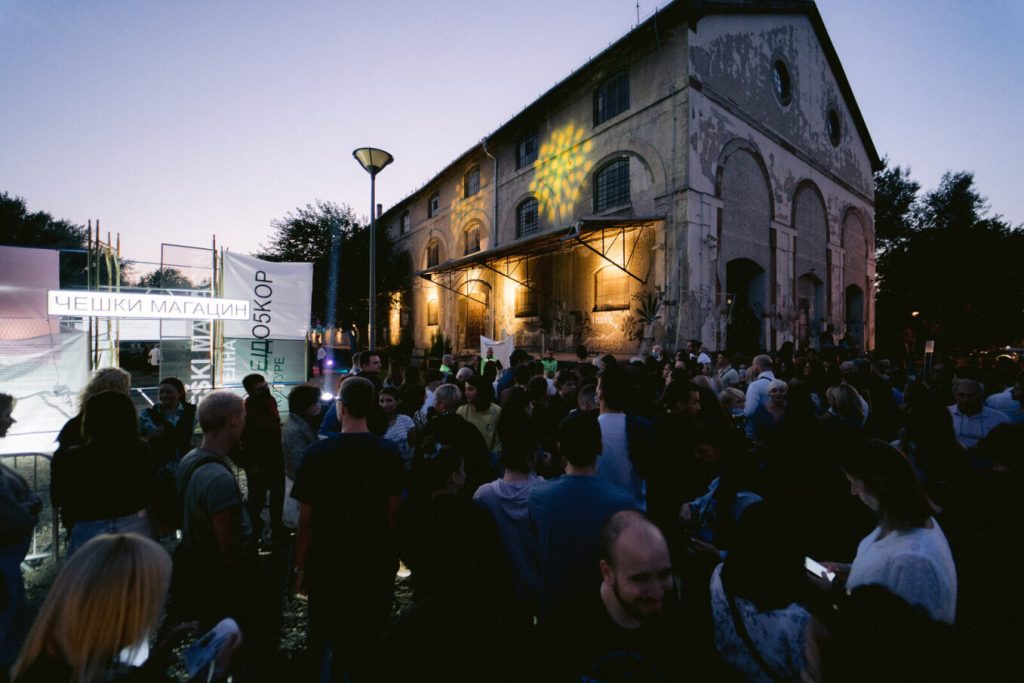
Author: Marina Marić
Photo: Jelena Ivanović, Vladimir Veličković, arhiva EPK







